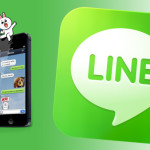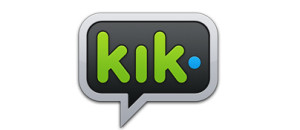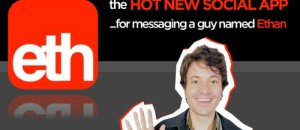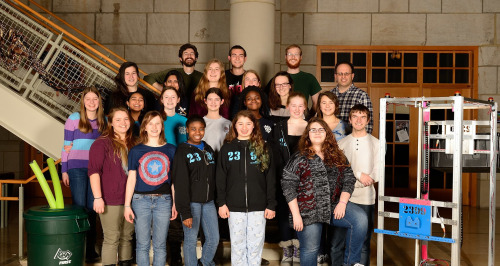 cellular phone was SMS. For smartphones it’s using your data connection to send quick messages free of charge. Messaging apps including WhatsApp, owned by Facebook, and Line, primarily based in Japan, top the charts of most well-known apps about the planet and are used day-to-day by billions of persons. WhatsApp alone ferries 30 billion messages a day? a significantly additional than the global SMS system.
cellular phone was SMS. For smartphones it’s using your data connection to send quick messages free of charge. Messaging apps including WhatsApp, owned by Facebook, and Line, primarily based in Japan, top the charts of most well-known apps about the planet and are used day-to-day by billions of persons. WhatsApp alone ferries 30 billion messages a day? a significantly additional than the global SMS system.
How free of charge messages can make a good organization is really a question that top apps in the United states of america and Europe are still trying to answer. But some Asian messaging apps are already generating important income by generating messaging into a medium that people can use to invest cash and that businesses can use to communicate with their buyers. Facebook seems to become following suit, using a current announcement that it will allow other organizations to build solutions on leading of its Facebook Messenger app.
Line, whose 205 million month-to-month users are concentrated in Japan and nearby Asian countries, has taken that technique further than most competitors. It has rolled out features that let persons use messages to send income to one particular one more, spend for virtual goods like games and stickers, and order food delivery and taxis. Line;s reduce of these transactions, together with ad sales, led it to report over $200 million in revenue for its latest quarter.
Line was named to MIT Technologies Review’s annual list of your world’s 50 Smartest Corporations last week; San Francisco bureau chief Tom Simonite chatted with its CEO, Takeshi Idezawa, by e-mail.
What can a messaging-based service like Line provide people that the extra complicated and established feed-style social networks like Facebook and Twitter don’t?
Social networks with semi-open feeds, like Facebook and Twitter, had been made in order for users to share information and facts using a fantastic variety of men and women at as soon as. Even so, these social networks expose customers to a wide range of prospective viewers with which they’ve a wide range of relationships, rendering these solutions unfit for communication that resembles true conversations.
Alternatively, messenger apps serve the function of nurturing interpersonal relations. Supplying a array of communication options from one-on-one chats to large-scale communities, messengers are comprised of human relationships built inside closed groups, making for solutions of communication that a lot more closely mirror offline conversations.
Why is Line’s conversation-based format attractive to enterprises? Is it just because shoppers use it, or does the format suit them as well?
Line lets corporations send messages to customers in actual time, allowing customers to acquire them just like they would any other message from a buddy or family members member. This style allows for a very accessible kind of push promoting. Although feed-based social networks focus on maintaining up with the most current data, people use Line for communication, which means they regularly check the app to find out if they have any new messages. This translates to an particularly higher read rate for messages. By pinpointing specific days and instances for sending messages and coupons once they are most efficient, these messages are probably to result in actual purchases. As a way to keep all this information and facts coming from businesses from becoming a burden to customers, Line places limits on the number of messages organization can send and has set suggestions in place to produce sure they are only distributing data that is advantageous to customers.




